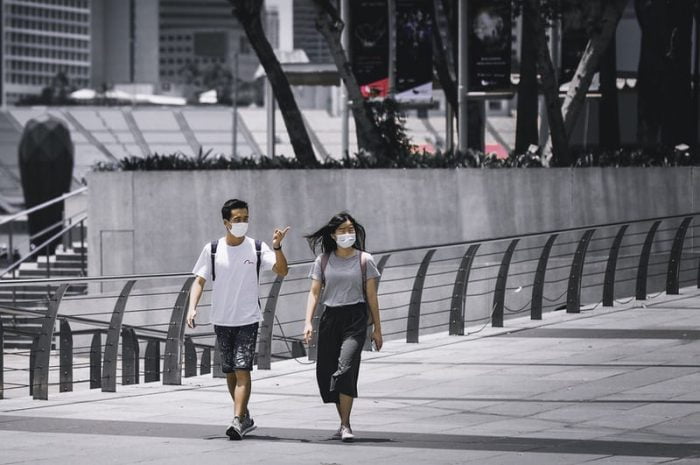The big lessons from South Korea’s coronavirus response
- Business English
-
9월 30
- Share post

*Please copy and paste the following questions to Google Document and share the document with your student. It will be instantly synced while you enter your student’s answers or corrections.
- How do you rate the performance of the South Korean virus control center, hospital system, and the behaviors of citizens against COVID-19?
- Do you have any ideas for better control against COVID-19?
- Why do you think the US failed to control COVID-19?
- Why is it difficult to replicate Korea’s tactics and systems to fight against the virus?
- Many other countries expressed privacy concerns in Korea’s approach to sharing personal information to track the virus. What are your views on this? How concerned are you with this matter?
- How concerned are you about your safety from COVID-19?
- Korea avoided a major lockdown, unlike many other countries. Despite this, what kind of changes are you experiencing in your lifestyle?
- What kind of mindset should people have to fight against the second wave?
- Do you agree that public health should be prioritized over individual privacy? To what degree should an individual yield their privacy for the sake of the community?
- This video was released on April 10th. Are the lessons still relevant and applicable? What has changed since then?
- Please list the key points from the article, to summarize the story.
